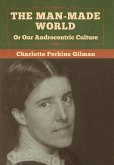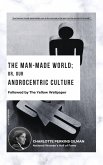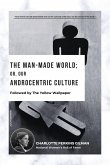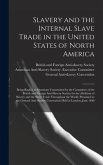Charlotte Perkins Gilman, in full Charlotte Anna Perkins Stetson Gilman, née Charlotte Anna Perkins, also called Charlotte Anna Perkins Gilman, (born July 3, 1860, Hartford, Connecticut, U.S.-died August 17, 1935, Pasadena, California), American feminist, lecturer, writer, and publisher who was a leading theorist of the women's movement in the United States. In 1898 Perkins published Women and Economics, a manifesto that attracted great attention and was translated into seven languages. In a radical call for economic independence for women, she dissected with keen intelligence much of the romanticized convention surrounding contemporary ideas of womanhood and motherhood. Her notions of redefining domestic and child-care chores as social responsibilities to be centralized in the hands of those particularly suited and trained for them reflected her earlier interest in the Nationalist clubs advocated by Edward Bellamy, and she expanded on contemporary ideas in Concerning Children (1900) and The Home (1903). In June 1900 she married a cousin, George H. Gilman, with whom she lived in New York City until 1922. Human Work (1904) continued the arguments of Women and Economics. Later books include What Diantha Did (1910), The Man-Made World (1911), in which she distinguished the characteristic virtues and vices of men and women and attributed the ills of the world to the dominance of men, The Crux (1911), Moving the Mountain (1911), His Religion and Hers (1923), and The Living of Charlotte Perkins Gilman: An Autobiography (1935). From 1909 to 1916 Gilman edited and published the monthly Forerunner, a magazine of feminist articles, views, and fiction. She also contributed to other periodicals. Gilman joined Jane Addams in founding the Woman's Peace Party in 1915, but she was little involved in other organized movements of the day. After treatments for the cancer that afflicted her proved ineffective, she took her own life. (britannica.com)
Hinweis: Dieser Artikel kann nur an eine deutsche Lieferadresse ausgeliefert werden.
Hinweis: Dieser Artikel kann nur an eine deutsche Lieferadresse ausgeliefert werden.








